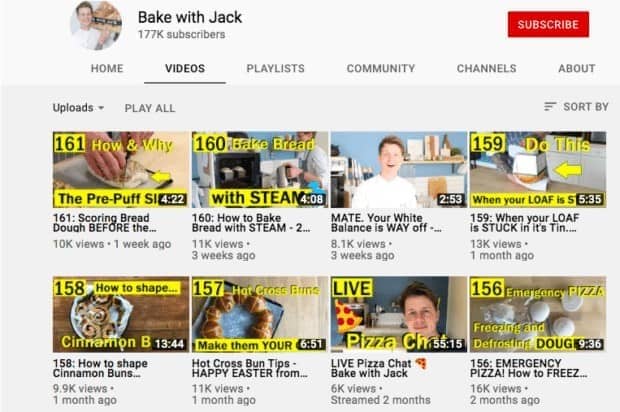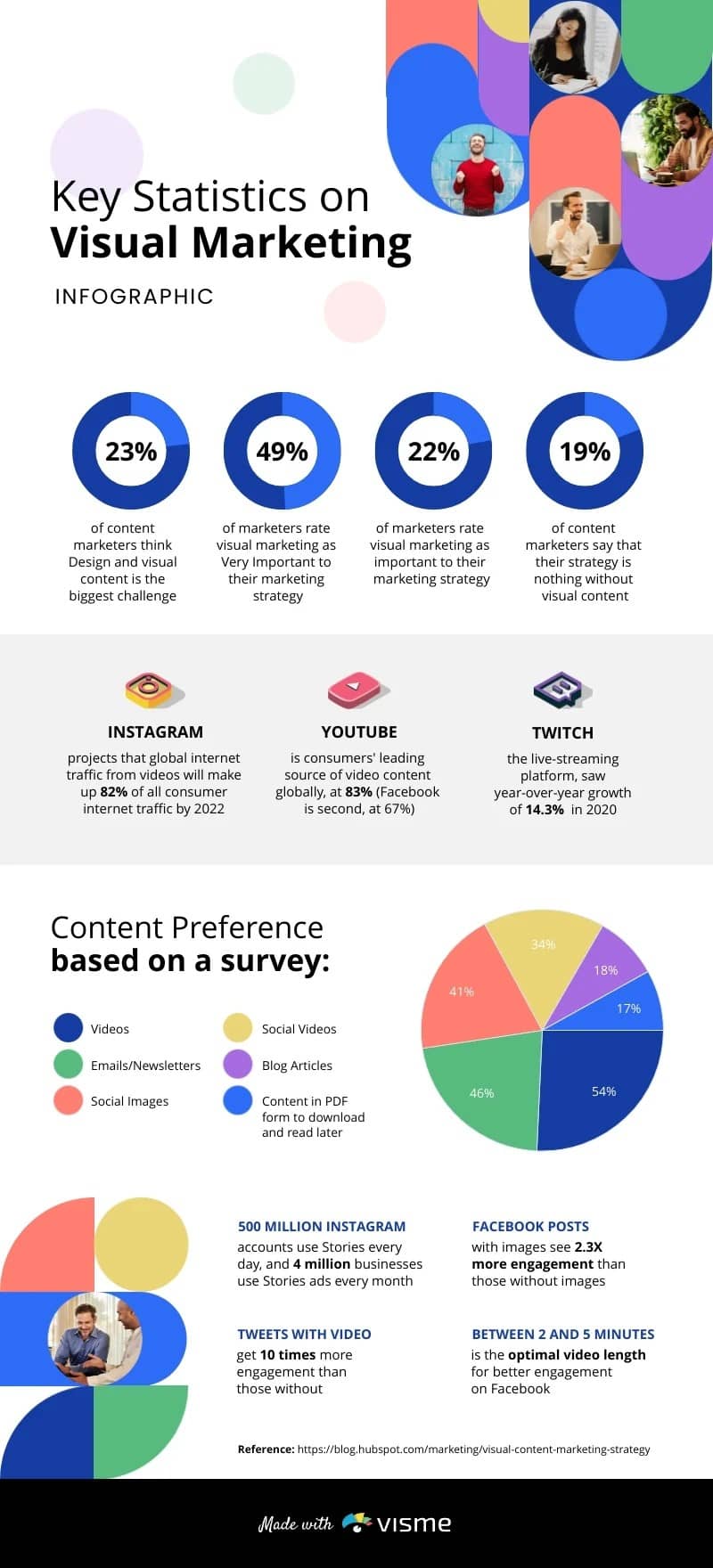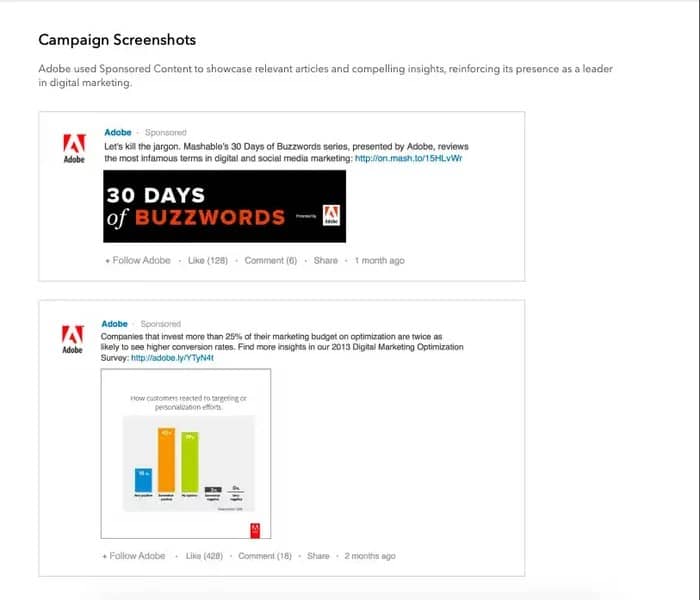Last Updated on July 27, 2024 by Admin
Are you looking for a smarter, more cost-effective way to keep your customers engaged and move them along your sales funnel? Content marketing might just be the answer you’re searching for.
Unlike traditional marketing tactics, content marketing uses the internet to create meaningful and engaging content that resonates with audiences.
According to the Content Marketing Institute, it’s not just effective but proven, with nearly a third of marketers reporting better engagement and user retention.
In this article, we’ll delve into the different types of content marketing available to make your marketing campaign shine.
The Different Types of Content
Below, we have mentioned a few essential types of content marketing strategy, your business can create and distribute. Those are:
1. Blog Posts
Since Justin Hall launched the first blog in 1994, blogs have become a core part of content marketing. They provide an affordable, effective way to consistently update your site. Blogs are valuable because they adapt well and attract organic traffic over time.
Blogs usually range from 1,500 to 2,500 words. This length allows for a thorough discussion of key topics and keywords. It also benefits search engine rankings by providing Google with detailed content information.
For your blogs to perform well and attract desired traffic, consider these strategies:
- Aim to write in a conversational tone that resonates with people rather than focusing solely on SEO.
- Integrate your primary keywords smoothly into the text.
- Ensure your blogs load quickly to prevent readers from bouncing.
- Include links to well-respected sites to enhance your site’s trustworthiness.
- Organize your content with clear headers to make it skimmable.
- Utilize long-tail keywords to target specific queries and attract a targeted audience.
Additionally, blogging is an excellent opportunity to express your brand’s unique personality.
2. Videos
Video marketing is highly effective because it uses sound and visuals to grab people’s attention. It’s especially good for topics like home cooking, sports, and travel, where photos and text just don’t capture the whole experience.

Videos work well for any type of business because they can show clearly how things work or how to do something. You can start by finding out what kinds of videos your audience likes with YouTube keyword research.
It’s also important to make sure your videos have clear captions and a brief introduction. This helps people and search engines understand your content better. Improving your video descriptions and using eye-catching thumbnails can also help more people find your videos.
From short demo videos to social media clips, video connects uniquely. It includes interviews and longer story-telling videos. Video engages your audience in ways other content types can’t. Additionally, 91% of businesses use video for marketing. This shows its popularity in reaching customers.
3. Social Media Content
Social media content comes in many forms, including text, audio, images, and video, and it lets you interact directly with a broad audience.
This medium is great for sharing new content, promoting existing material, and engaging with users, making it essential for any content marketing strategy.
However, it can take some effort to determine what types of content and which platforms best suit your audience. For instance, a candy manufacturer might find success by replicating viral videos on TikTok, but this strategy is likely less effective for a software developer.
So, to get it right, keep an eye on your social media analytics. This will help you see whether your audience enjoys videos, blog post promotions, serious updates from your CEO, or funny memes.
4. Infographics
Everyone knows the saying that a picture is worth a thousand words, and infographics bring this idea to life in marketing.
They help you present a lot of information in an easy-to-understand way, making them perfect for viewers who prefer to scan content quickly. Infographics are especially useful on web pages, as they draw attention to key facts and figures.
When creating infographics, highlight important statistics, events, or timelines that showcase your business. They are quick to make, cost-effective, and work well as content that can stand on its own and be shared across social media platforms.

Source: VISME
To make sure you get the recognition and backlinks you deserve, include a small piece of HTML code with your infographics. This code lets other website owners easily embed your infographics on their sites.
5. Podcasts
Podcasts are an excellent tool for building your brand through content marketing. They allow people to listen while commuting, walking, or at any convenient time.
They offer a direct way to share your stories and experiences with your audience, helping you connect with them on a personal level.
To make the most of your podcasts, focus on delivering valuable information in an engaging way. Featuring guest hosts or interviewees can also help you reach a wider audience.
6. Ebooks
Thought leadership is a key way to establish expertise. Creating an ebook is a powerful method for this.
Ebooks are detailed, long-form pieces. They provide substantial value to potential customers. They go beyond straightforward advertisements.
By exploring topics specific to your industry, you showcase your expertise. You also offer valuable insights to your audience.
If your ebook tackles a niche topic, it can boost interest. It may also shed new light on a subject.
This can significantly increase interest in your company.
7. Case Studies
Case studies are real-world examples of how your business has successfully addressed the needs of your clients or customers. They help build trust by showing actual results.
This approach is known as social proof, which is a highly effective method for turning potential customers into actual ones.

Case studies connect with your audience emotionally by telling compelling stories about relatable customer experiences.
To produce high-quality case studies for your website, collaborate with customers who are happy with your service and willing to share their stories.
8. User-Generated Content
User-generated content (UGC) is a powerful content marketing strategy that actively engages customers. Its authentic nature resonates well with audiences, as they see real feedback from other users. This captures their attention and builds a stronger connection with your brand.
This method not only increases brand awareness but also significantly uplifts conversion rates through genuine social proof from your customers’ perspectives.
Popular types of user-generated content include:
- Comments on blog posts
- Customer-submitted product photos
- Discussions on forums
- Posts on social media
- Unboxing videos
Leveraging UGC can decisively influence consumer purchase decisions. Encourage your customers to generate content by promoting the use of branded hashtags on social media and featuring their contributions on your platforms, giving credit to the creators.
Effectively managed, UGC becomes a crucial asset in your content marketing arsenal.
9. Memes
Memes are images, videos, or text with humor. They convey ideas about culturally relevant events. This has made them a powerful content marketing tool. Their simplicity, relatability, and ease of sharing boost their effectiveness.
Additionally, they enhance brand personality and awareness. They help connect with audiences and add a human touch. You can incorporate memes into your website or social media. They should match your brand’s voice and aesthetic.
Memes can be a vital part of your marketing strategy. It’s crucial to ensure they are timely and relevant. A meme that misses the mark can detract from its impact.

For example, Hulu has effectively used memes to promote its streaming content. Their meme-based posts often become some of the most popular tweets.
This demonstrates a firm grasp of the current social climate and how their brand fits within it. Employing social listening tools can aid in capturing the right tone and topics for your memes, just as Hulu does.
10. Customer Reviews and Testimonials
Your business might be fantastic, but just saying so yourself doesn’t carry much weight. What really matters is what your customers have to say.
Consider customer reviews and testimonials as word of mouth for the modern era. They offer a level of credibility that no amount of advertising can buy.
Research shows that 93% of consumers are influenced by online reviews when making purchasing decisions, underscoring their importance.
Reviews and testimonials not only mitigate the perceived risk but also address potential concerns effectively. And since they’re created by customers, they don’t cost you anything.
You can encourage more reviews and testimonials by:
- Directly asking your customers for them.
- Offering incentives for writing them.
- Using automated responses to simplify the review process.
- Remember, Google uses positive reviews to help assess your website’s quality.
Although reviews don’t directly impact your search rankings, they ensure your site meets Google’s quality standards.
Make sure to display testimonials and reviews prominently where they make sense, like on your webpages and in emails.
11. Guides and How-Tos
Detailed guides and instructional content are essential for any business that provides complex products or services. They showcase your expertise and help broaden your online visibility.
For instance, if you run a software company, offering how-to content as printable guides or online courses can enable your clients to fully utilize your product.
This approach also helps alleviate frustration and reduces the time it takes for customers to become proficient, which customers greatly appreciate.
12. Newsletters
Newsletters are a popular type of email marketing, often centered around specific themes like content marketing tips. They allow for direct communication with customers and prospects who choose to subscribe and help strengthen those relationships. This connection can increase the likelihood of subscribers becoming paying customers.
To guide subscribers towards a purchase, you can include calls to action (CTAs) in your newsletters that lead to sign-ups or valuable content. You can also incorporate advertisements to boost revenue.
Much like other content marketing strategies, you can repurpose blog posts as newsletter content and vice versa.
Finally, by tracking open rates and engagement, you can gauge the effectiveness of your newsletters. This data helps you tailor your approach based on what your subscribers are most interested in.
13. Quizzes
There’s an undeniable allure to a well-crafted quiz. We all enjoy discovering new things about ourselves, whether it’s assessing our knowledge on a topic or finding the perfect winter coat that matches our style.
Quizzes also offer significant benefits for businesses. They provide an engaging and interactive way to connect. This connection also allows for valuable data collection.
If your quiz acts as an assessment, it offers insights. These insights reveal your customers’ interests and preferences and guide customers towards appealing products or services. Even a simple personality quiz can reveal your audience’s demographics. Quizzes are beneficial tools for both audiences and brands.
Interested in more direct feedback? Pay attention to the effectiveness of straightforward polls or surveys. Many customers are willing to share their opinions at no cost, so it’s always worth asking for their input.
14. Whitepapers
Whitepapers are detailed content pieces. They provide more information than articles but less than eBooks. They are perfect for presenting fact-based research. This supports your claims and establishes industry authority.
A well-crafted whitepaper addresses your audience’s challenges. It demonstrates why your company offers the best solutions. Although whitepapers can be dense, adding visual elements helps. Charts, data, and visuals make them more engaging.
Whitepapers focus on a niche audience. They are essential for decision-making. A study shows that 71% of B2B readers rely on them. They use them heavily when planning purchases.
15. Influencer Marketing
Influencer marketing involves partnering with content creators, like bloggers, Linkedin or Instagram influencers, to promote your brand to their followers.
Many people trust the opinions of their favorite creators, making this a powerful way to extend your reach and establish trust with potential customers.
For instance, cat owner Ellen Brockbank teamed up with Purina and recommended their pet food to her Instagram followers in the post below.

Wrapping Up!
Content marketing initiatives are often a marathon, not a sprint. Initial metrics might start small, but they typically increase over time, showcasing the substantial potential of content marketing for your brand.
Having the right content production team is crucial to maximizing your efforts and enhancing your profitability. AlgoSaga’s content writing services can assist in these efforts by providing expert guidance and execution, ensuring your content marketing drives tangible results.
